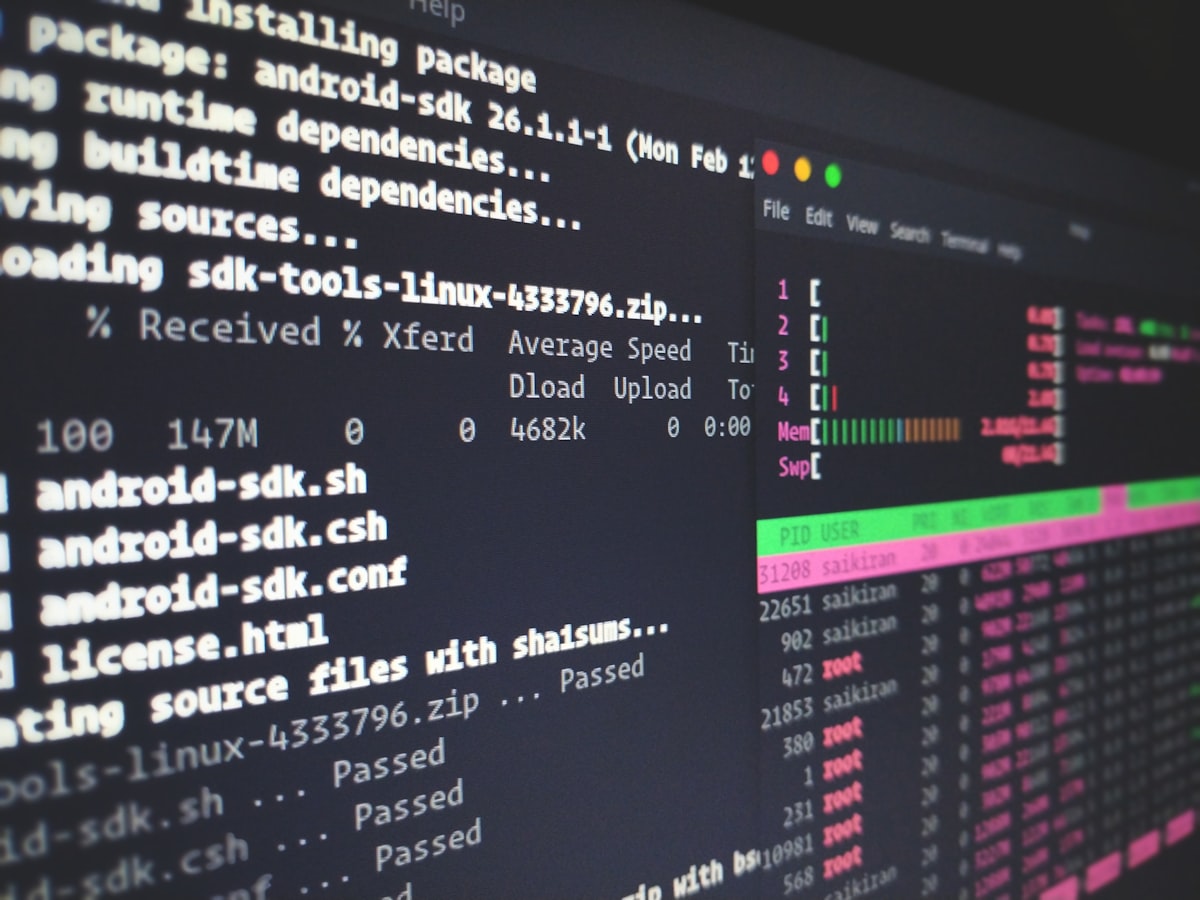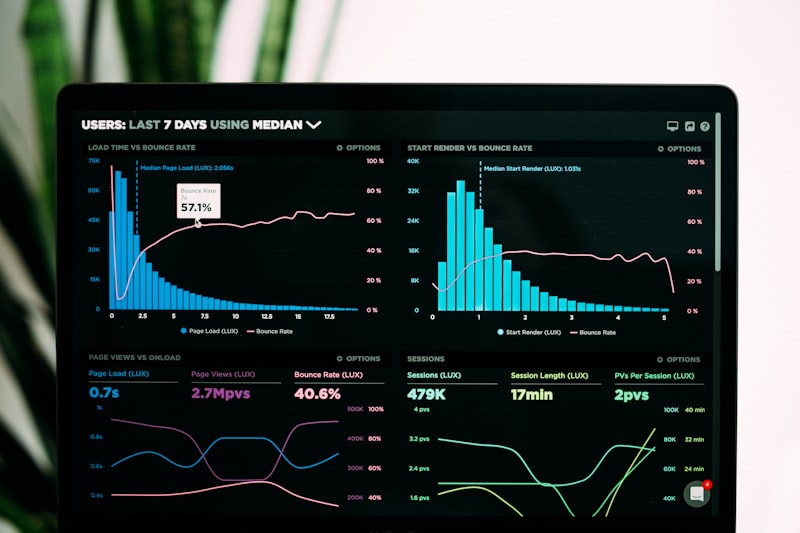Full stack development in 2025 represents the pinnacle of versatile programming expertise, encompassing everything from user interface design to server architecture, database management, and cloud deployment. A modern full stack developer is expected to navigate seamlessly between frontend frameworks, backend APIs, database systems, and DevOps tools while understanding how these components work together to create robust, scalable applications.
The landscape has evolved dramatically over the past few years, with new frameworks emerging, established technologies maturing, and the rise of AI-assisted development tools changing how we approach software creation. Today's full stack developers must balance depth of knowledge in core technologies with the agility to adapt to rapidly evolving tools and methodologies. This comprehensive roadmap will guide you through the essential skills and technologies needed to become a proficient full stack developer in 2025.
Frontend Technologies: Building Modern User Experiences
The frontend landscape in 2025 is dominated by component-based frameworks that prioritize developer experience, performance, and maintainability. React continues to lead the ecosystem with its extensive community support and mature tooling, while Vue.js offers an approachable learning curve and excellent developer ergonomics. For those seeking cutting-edge performance, Svelte and SvelteKit provide compile-time optimizations that result in faster, more efficient applications.
Essential frontend technologies to master include:
- React with Next.js: The industry standard for component-based development with server-side rendering capabilities
- Vue.js with Nuxt.js: An excellent alternative offering progressive adoption and intuitive syntax
- TypeScript: Essential for large applications, providing type safety and enhanced developer experience
- Tailwind CSS: Utility-first CSS framework that enables rapid, consistent styling
- State management: Redux Toolkit, Zustand, or Pinia for complex application state
- Build tools: Vite, Webpack, or Parcel for development and production optimization
Modern frontend development also requires understanding of advanced concepts like progressive web apps (PWAs), web accessibility (WCAG guidelines), performance optimization techniques, and responsive design principles. The ability to work with headless CMS systems and consume various APIs is crucial for creating dynamic, data-driven applications.

Backend Development: Server-Side Architecture
Backend development in 2025 focuses on creating scalable, maintainable APIs that can handle modern application demands. Node.js remains the dominant choice for JavaScript developers, offering excellent performance and a vast ecosystem of packages. Python with Django or FastAPI provides robust solutions for data-heavy applications, while Go and Rust are gaining traction for high-performance microservices.
Core Backend Technologies
The backend stack should include expertise in RESTful API design, GraphQL for flexible data querying, and real-time communication through WebSockets or Server-Sent Events. Authentication and authorization systems, including JWT tokens and OAuth 2.0, are fundamental for securing applications. Understanding of caching strategies using Redis or Memcached significantly improves application performance.
Key backend technologies to focus on:
- Node.js with Express or Fastify: Lightweight, fast server frameworks for JavaScript developers
- Python with Django or FastAPI: Robust frameworks for rapid development and data processing
- Database integration: PostgreSQL for relational data, MongoDB for document storage
- API development: RESTful services, GraphQL, and real-time WebSocket connections
- Authentication systems: JWT, OAuth 2.0, and session management strategies
- Testing frameworks: Jest, Pytest, or similar tools for comprehensive test coverage
"The best full stack developers understand that backend development isn't just about writing server code—it's about designing systems that scale, perform well under load, and provide reliable, secure services to frontend applications."
Database Management and Data Storage
Database knowledge in 2025 extends beyond basic SQL queries to include advanced concepts like database optimization, indexing strategies, and choosing the right database technology for specific use cases. Relational databases like PostgreSQL remain essential for applications requiring ACID compliance and complex relationships, while NoSQL databases like MongoDB excel in scenarios requiring flexible schema and horizontal scaling.
Understanding when to use different database types is crucial: time-series databases for analytics, graph databases for relationship-heavy data, and in-memory databases for high-speed caching. Modern full stack developers should also be familiar with database migration strategies, backup and recovery procedures, and performance monitoring tools.
DevOps and Deployment Strategies
The modern full stack developer must understand the entire application lifecycle, from development to production deployment. Containerization with Docker has become standard practice, enabling consistent environments across development, testing, and production. Container orchestration with Kubernetes or simpler solutions like Docker Compose allows for scalable, manageable deployments.
Cloud platforms like Vercel, Netlify, and Railway have simplified deployment for many applications, offering git-based workflows and automatic scaling. For more complex applications, understanding AWS, Google Cloud, or Azure services becomes necessary. Infrastructure as Code (IaC) tools like Terraform enable reproducible, version-controlled infrastructure management.

Recommended Learning Path for Beginners
The journey to becoming a full stack developer should be structured and progressive, building solid foundations before advancing to complex topics. Start with HTML, CSS, and JavaScript fundamentals—these core web technologies underpin everything else you'll learn. Focus on mastering vanilla JavaScript before moving to frameworks, as this knowledge will make learning React, Vue, or other frameworks much easier.
A suggested learning sequence:
- Phase 1 (2-3 months): HTML, CSS, JavaScript fundamentals, basic responsive design
- Phase 2 (2-3 months): Choose one frontend framework (React recommended), learn component-based development
- Phase 3 (2-3 months): Backend development with Node.js, API creation, database basics
- Phase 4 (2-3 months): Advanced topics like authentication, testing, deployment strategies
- Phase 5 (ongoing): Specialization in specific areas, learning new technologies, building portfolio projects
Essential Resources and Learning Platforms
Quality learning resources are crucial for efficient skill development. Online platforms like freeCodeCamp provide comprehensive, hands-on curricula covering full stack development. The Odin Project offers an excellent, project-based learning approach. For more structured learning, platforms like Udemy, Coursera, and Pluralsight offer high-quality video courses taught by industry experts.
Documentation and community resources are invaluable: MDN Web Docs for web standards, official framework documentation, and platforms like Stack Overflow and Discord communities for problem-solving and networking. GitHub is essential not just for version control but for exploring open-source projects and contributing to the community.
Building Your Full Stack Portfolio
A strong portfolio demonstrates your ability to build complete applications from concept to deployment. Your projects should showcase different aspects of full stack development: a simple CRUD application demonstrating database operations, a real-time chat application showing WebSocket implementation, and a complex project integrating multiple APIs and advanced features.
Each project should include comprehensive documentation, clean code following best practices, responsive design, and live deployment links. Consider contributing to open-source projects to demonstrate collaboration skills and community involvement. Your portfolio should tell the story of your growth as a developer and highlight the technologies you're passionate about.
The path to becoming a full stack developer in 2025 requires dedication, continuous learning, and hands-on practice. The technologies and frameworks will continue evolving, but the fundamental principles of good software development—clean code, testing, security awareness, and user-focused design—remain constant. Focus on building strong foundations, create projects you're passionate about, and don't be afraid to experiment with new technologies. The full stack development journey is challenging but incredibly rewarding, offering the ability to bring complete ideas to life and solve real-world problems through code.




